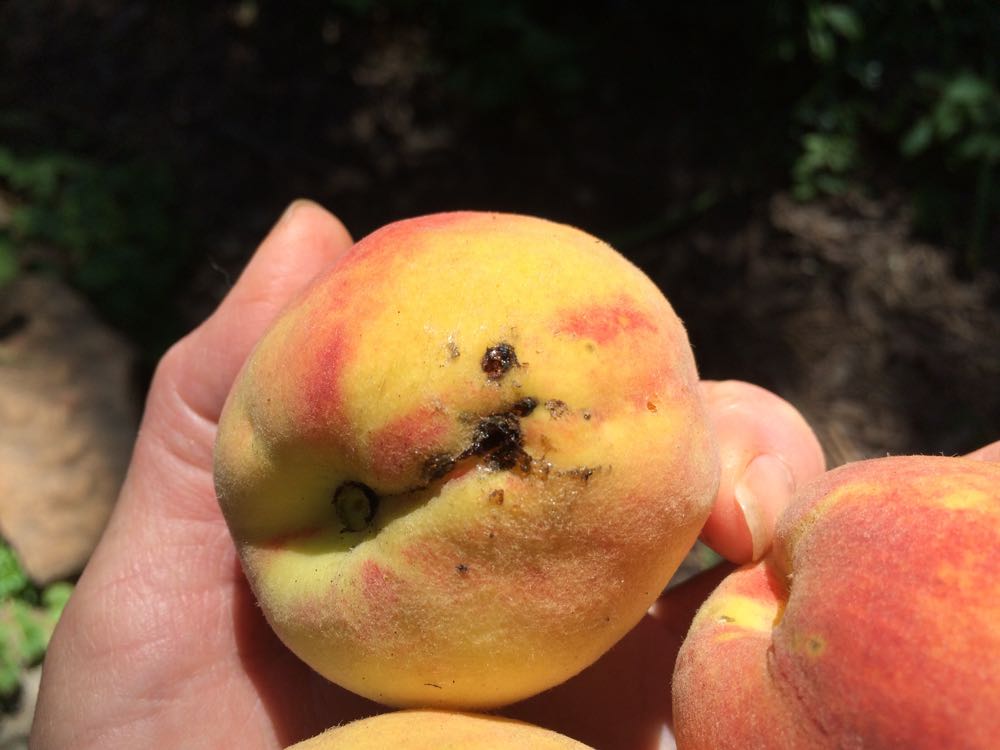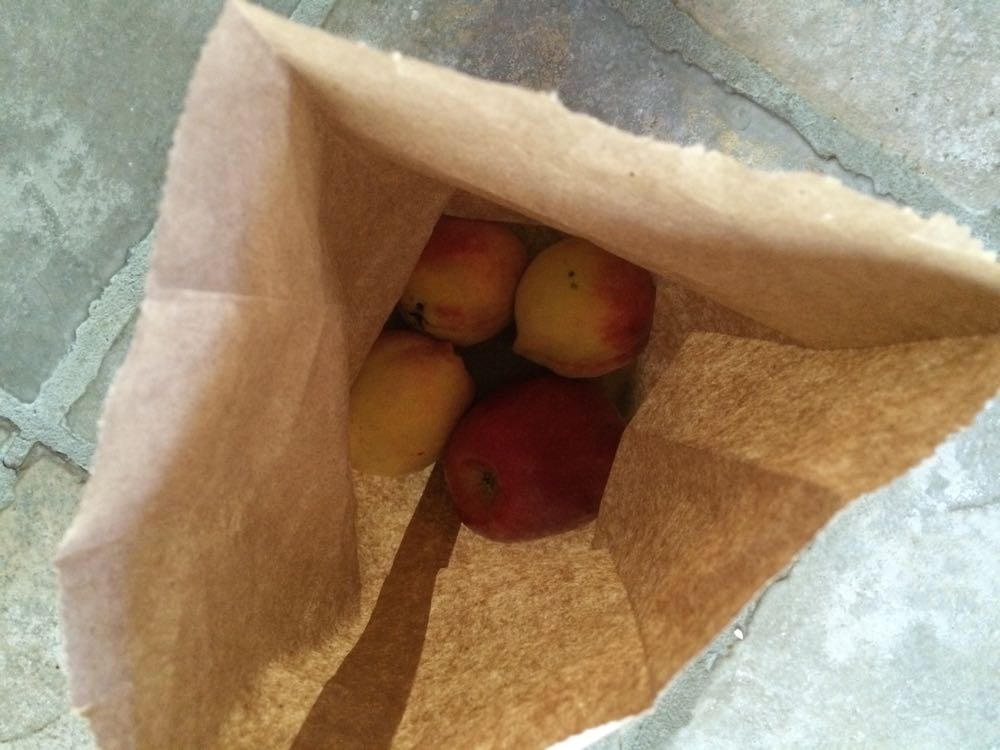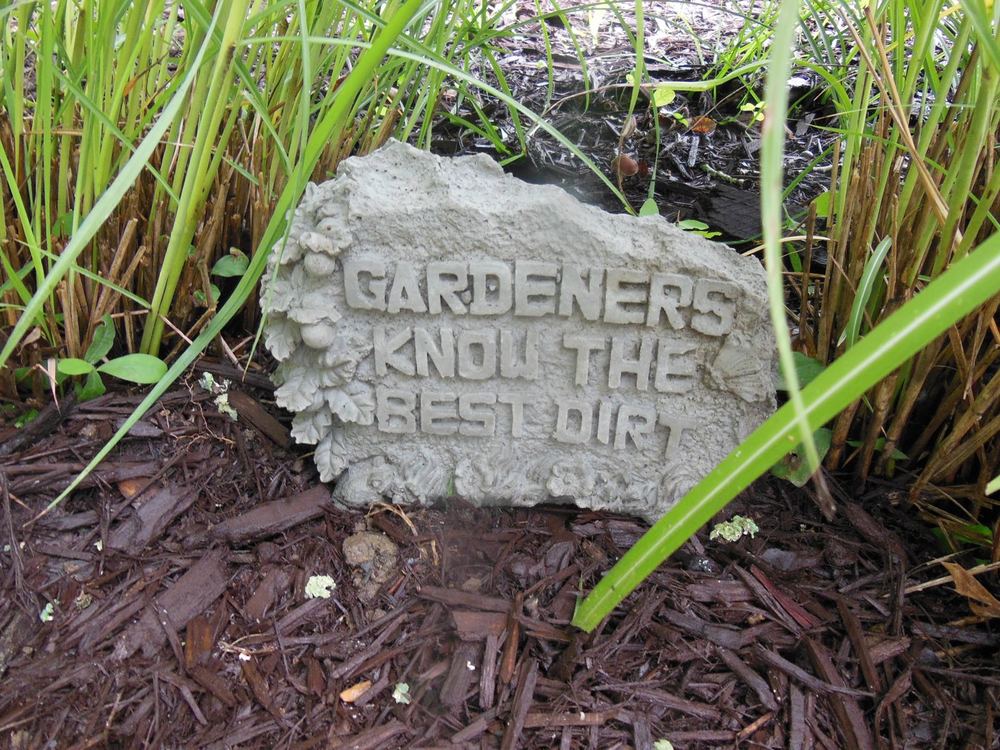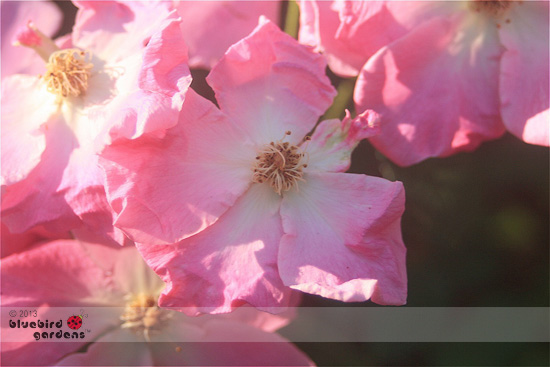Best Summer Garden Watering Practices
/It has been too hot in Missouri to enjoy my favorite summer reading corner on my deck.
Every growing area has its own benefits and challenges. Trying to grow anything on the side of a Missouri limestone can be considered foolhardy, maybe even crazy. It certainly has its moments.
Trying to keep plants alive in Missouri's infamous summer has been a personal interest of mine. Not just because I want my plants to survive but because I have learned some hard lessons. Some of the preeminent ones are to be consistent and have patience. The following are some of my tried and true garden watering practices and why.
Best Summer Garden Watering Practices from Bluebird Gardens Quilts and Gifts
In addition to stressing people and pets, Missouri weather temperatures over 90F for several consecutive days stresses plants. In those conditions, plants stop making nectar and pollen, eliminating any possibility of flowers and fruit and frustrating gardening friends aspiring to have perfect lawns. Luckily that’s not me.
I do, however, want my plants to pull through these punishing conditions. Just a decade or so ago, I could predict within days when the hot weather would hit and when I could expect it to start ebbing. No longer. With our climate rapidly changing, weather patterns have become erratic, further stressing plants and challenging their ability to adapt. I have tried to design a low maintenance garden but when it comes to watering, there's no work around. Plants need water to survive.
As we head into the traditional Missouri August dearth, here are 6 out of 12 watering practices to help plants survive:
Bluebird Gardens blackberries burning up in record 2016 hot summer temperatures.
Water in Morning
1. Water only in the early mornings. Although it’s more comfortable to be outside in the evenings, watering at night can encourage fungus, which further stresses plants. Some can even kill a weakened plant.
I have watered at night, especially with sprinklers, when my blackberry bushes appeared to be literally burning up but, note to self - don’t make it a habit!
A watering can simulating rain is less effective than a deep watering wand.
Use an Underground Watering Wand
2. Water with an underground wand; best $20 I have spent in a long time. Underground watering wands are available at most home and garden, and hardware stores.
The 2-foot wand inserted into the ground around plants delivers water at root level. If the tops burn up, the living roots may bring the plants back next year.
Purple coneflower starts sprouting from plants that have burned up in Missouri's record temperatures.
I have found a number of trees, especially dogwoods, and perennials I thought dead from record heat growing back in the next years. Mark the location of what appears to be a lost plant and then check the same spot next year.
The deep watering wand also comes in handy when I want to chase friends off my deck. Just kidding, checking to see if you were paying attention!
Water Potted Plants More
3. Plants in pots need water at least twice, maybe three times a day. The tendency is to sprinkle water from a hose for a few seconds but that will only wet the top of leaves. In record hot temperatures, the trick is to get water to plant roots.
One way to make sure roots get watered is to add plastic bottles with holes buried deep into pots. I prefer the bottles with larger openings, makes it easier to get a hose to the bottle to quickly fill it up. I also have the regular 3/4 inch openings, I just use those as target practice as I aim the hose.
Fertilize Less
4. Because we are watering so much more frequently, seriously dilute any fertilizer you add. Potted plants do benefit from being fertilized. As we water more frequently, we also wash out the fertilizer we have applied.
Many potted plants have time release fertilizer in their soil. Those fertilizers also tend to get washed out as we repeatedly water.
Fertilizer exposed to roots will burn and too much fertilizer will stress plants. Potted plants can use enhancing so adding compost is one option. I now also only add a pinch of fertilizer to a gallon milk jug full of water and make sure it is well mixed before applying.
Water the Young Ones
5. No one wants to make a choice between what plants to water, it's reminiscent of having to choose between one's children. However, if you have to choose between new and established plants, water the new ones.
New plants, including ones in pots, haven’t established themselves yet and roots exposed to crisp, dry hot soil will quickly kill them. New plant starts in pots in particular need to be kept moist until you can get them in the ground.
Some herbs, such as rosemary and most mints, seem to thrive in hot weather in my garden so I don't worry too much about keeping their soil moist.
Also make sure the water is getting to the roots. Top watering does little good if the roots aren't kept moist. I will wiggle a finger along a pot edge to make sure water is settling into the middle of the pot. Newly-planted plants will get the watering wand snuck in close to their roots.
More than one inch of welcome rain August 1 2016 at Bluebird Gardens.
Pray for Rain
6. Even with all of the garden watering tips here, the best water for plants is rain. I do keep a close eye on the weather forecast and try to only plant when new arrivals will get a good rain soaking once settled in.
Although I also soak newly-planted plants well with city water, there's no comparison with how plants respond to rain water compared to city water. I now collect rain water in barrels so I can keep watering with the better of the two choices.
Coming up next, more best watering practices to survive this hot summer. What are you doing to help your plants through these record hot temperatures?
Charlotte












































